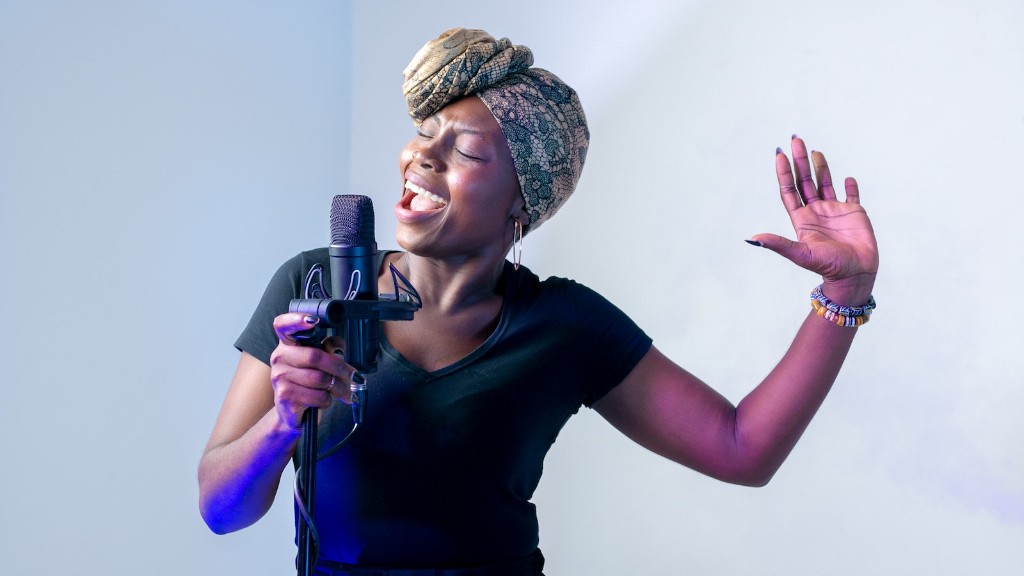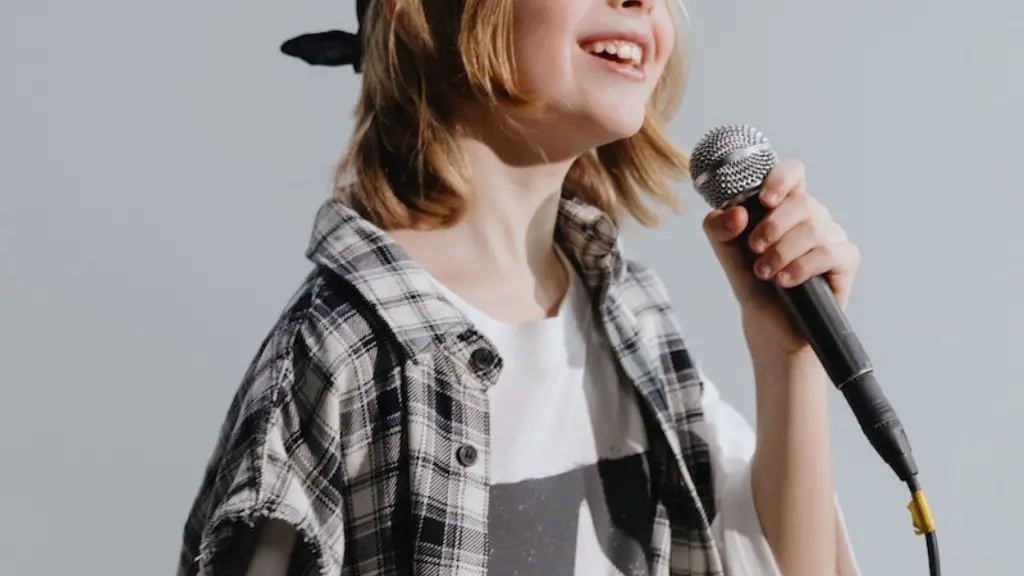Drawing a Goldendoodle doesn’t have to be a nightmare if you know the tricks. All you need is a bit of patience, practice and the right tools, and you’ll be sketching your furry friend in no time! Here’s how to draw a Goldendoodle.
To start, gather the materials: a pencil, eraser, paper, and some good lighting. A softer pencil like a 2B is great for drawing and sketching; it will provide a smooth, dark line. Also grab a kneaded eraser to easily fix any mistakes you might make.
When you have everything you need, find a good place to work. A desk or table is a great spot, so you can rest comfortably and draw with confidence. You can even fold the paper so your Goldendoodle is off the edge. Having good lighting (natural or artificial) will help your drawing turn out better.
Now that you’re all set up, you can start sketching your Goldendoodle. Begin by lightly drawing its outline. To do this, look at a photo of your pup and use the pencil to lightly trace around the edges of its body. Include as many details as you can, like its muzzle, eyes, nose and ears. Keep the lines light so you can erase them later if you make any mistakes.
When you’ve got the outline down, its time to start adding in the details. Start with the eyes, drawing the top and bottom lid, along with the iris and pupil. Use gentle curves to draw the eyes in a realistic way. Next, add the nose and ears. Remember to keep the lines light and sketchy.
Once you’ve got the facial features right, draw the details of the body. Fill in the fur with a small back and forth motion and use a slightly darker pencil. Make the fur texture light and subtle by using straight lines and periods. Lastly, draw the Goldendoodle’s paws and tail. Don’t forget to define the muscles to make your pup look realistic.
When you’re done, take a step back and look at your Goldendoodle. If you’re happy with it, use the kneaded eraser to remove the mistakes, then use a soft pencil to darken the lines. If you’re not satisfied, start over and make the corrections until it’s perfect.
Now that you know the tricks to drawing a Goldendoodle, it’s time to practice! With patience and practice, you’ll be able to sketch your furry friend with ease and confidence. So grab your pencil and start drawing!
One of the best tips for drawing a Goldendoodle is to study the anatomy of the breed. Learn how the body is structured, how the ears and eyes are positioned and how the muzzle connects to the head. This will help you get the proportions and details right.
Another tip is to use references. Photos, videos and even real pet dogs can help you get the right look and the correct shapes you need to draw the perfect Goldendoodle. Find the right source material that is pleasing to you, and use it as a guide.
To create a lifelike drawing, you’ll also need to pay attention to your dog’s fur. Each breed has unique textures, so take note and apply them to your drawing. You can use a fan or a hairclip to fluff up the fur, so you can get a better understanding of what it would look like on paper.
Finally, when you’re finished drawing, don’t forget to add the background. You can use simple shading and highlights to create the illusion of depth, or you can add a little bit of colour to make your Goldendoodle pop. Depending on the type of paper you’re using, you can also use elements like water, glitter or even paint to create an interesting background.
These are just some of the tips to help you draw a Goldendoodle. With enough practice and patience, you’ll be able to create realistic sketches of your pup or any other dog breed. So grab a pencil, paper and eraser and start drawing!


